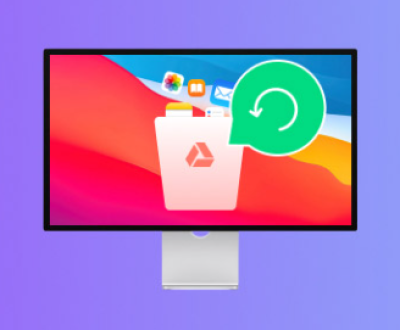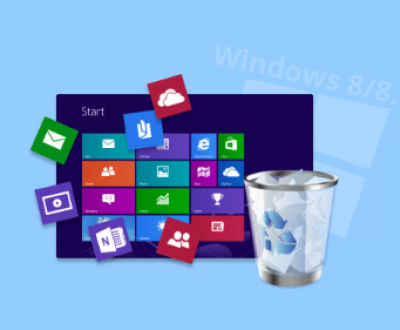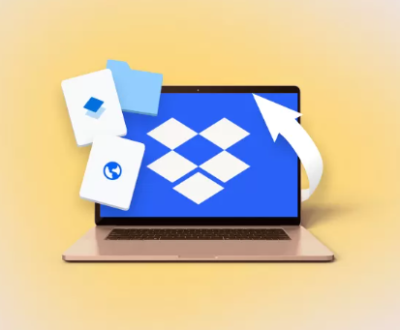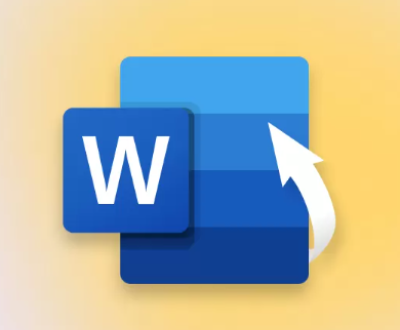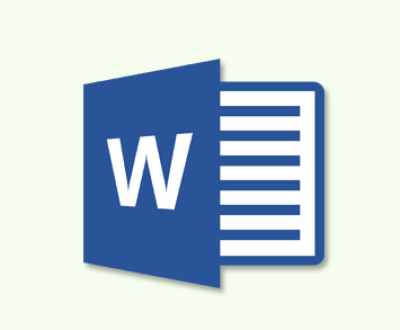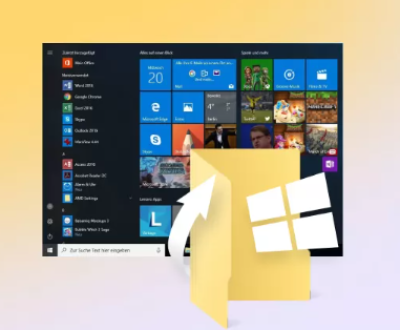Formatting an SD memory card is a crucial part of maintaining its performance and ensuring that it operates smoothly with your devices. Whether you’re using an SD card for a digital camera, smartphone, or any other gadget, periodic formatting helps avoid file system corruption, errors, and keeps the device running efficiently. SD card formatting software is an essential tool for this process, providing a reliable way to erase, format, and restore the SD card to its optimal state.
1. SD Memory Cards
Before diving into SD card formatting software, it’s important to understand what an SD card is and why formatting is necessary.

What is an SD Memory Card?
An SD (Secure Digital) memory card is a type of flash storage device commonly used in portable electronics. SD cards are used in digital cameras, smartphones, tablets, gaming consoles, and other devices that require a portable storage solution. The card typically contains memory chips that store data and are known for their durability and compact size.
There are different types of SD cards available, such as:
Standard SD Cards (SDSC): Typically used in older devices, these cards have a maximum capacity of 2 GB.
SDHC (High Capacity) Cards: These cards range from 4 GB to 32 GB and are commonly used in cameras and other devices.
SDXC (Extended Capacity) Cards: With capacities ranging from 32 GB to 2 TB, SDXC cards are used in high-end devices, including 4K video cameras and modern smartphones.
microSD Cards: These are smaller versions of the SD card, used in smartphones, tablets, and some cameras.
Why Format an SD Card?
Formatting an SD card is a process of preparing the card for use by erasing all data and resetting the file system. There are several reasons you might need to format your SD card:
Clearing Data: Formatting wipes all the existing data on the SD card, making it useful for re-use.
File System Errors: Sometimes SD cards can become corrupted, leading to issues like the inability to read or write data. Formatting can fix these issues by resetting the file system.
Switching Between Devices: If you want to use an SD card in a different type of device (for example, from a camera to a smartphone), you may need to format it to the appropriate file system.
Improving Performance: Over time, data fragments can accumulate on an SD card, causing slow read/write speeds. Formatting can help improve performance by reorganizing the data.
2. Different Types of SD Card Formatting
There are a few different types of formatting methods you can use, and it’s important to know the difference between them when choosing SD card formatting software.
Quick Format vs. Full Format
Quick Format: This method only deletes the file references, making the data inaccessible. However, it doesn’t actually erase the data itself from the card. Quick format is typically faster but does not completely remove old data, which may be recovered using data recovery software.
Full Format: A full format not only deletes the file system references but also performs a scan of the card for bad sectors. This type of format can take longer but is more thorough and can be beneficial if you want to completely wipe the card or test for any physical defects in the card’s memory.
File System Types
When formatting an SD card, you can choose between different file systems. The most common file systems for SD cards are:
FAT32: The most commonly used file system for cards with a capacity of 2 GB to 32 GB. It is widely compatible with most devices, but it has a file size limit of 4 GB.
exFAT: Used for larger SD cards (32 GB and above), exFAT removes the 4 GB file size limit found in FAT32. making it ideal for high-capacity cards and larger files, such as videos.
NTFS: NTFS is typically used for hard drives on Windows-based computers. It’s not usually recommended for SD cards, as it is less compatible with other devices and has slower read/write speeds compared to FAT32 and exFAT.
3. Key Features to Look for in SD Memory Card Formatting Software
When selecting SD card formatting software, there are a few important features to keep in mind:
Compatibility
Ensure that the software is compatible with your operating system (Windows, macOS, or Linux) and that it supports the SD card types you are using. The software should be capable of handling SD, SDHC, and SDXC cards of varying capacities.
Speed and Efficiency
Look for software that offers a quick and efficient formatting process. Depending on the card size, you don’t want to wait for hours. The best software will offer both quick format and full format options with optimized speed.
Data Recovery Features
Some SD card formatting software includes built-in data recovery features. This can be especially useful if you accidentally delete data or format the card without realizing it.
Security and Data Wiping
If you plan to sell or dispose of your SD card, it’s important to ensure that the software has a secure erase option. This ensures that no sensitive data can be recovered after formatting.
4. Popular SD Memory Card Formatting Software
Several software programs can help you format your SD memory card. Some are built into operating systems, while others are third-party applications that offer additional features.
1. Windows Built-In Formatter
Platform: Windows
Features: Windows comes with a built-in SD card formatting tool that can handle FAT32 and exFAT formatting. It’s a simple option for quick formatting but lacks advanced features like full formatting or bad sector scanning.
2. Disk Utility (macOS)
Platform: macOS
Features: macOS’s Disk Utility offers easy formatting of SD cards. It supports FAT32. exFAT, and other file systems, making it versatile for different types of cards.
3. SD Card Formatter (Official Tool)
Platform: Windows, macOS
Features: The SD Association provides an official SD card formatting tool. It’s designed specifically for SD, SDHC, and SDXC cards, offering quick and full formatting options. The software ensures that the formatting process is done correctly according to SD standards.
4. EaseUS Partition Master
Platform: Windows
Features: EaseUS Partition Master is a comprehensive disk management tool that allows for easy SD card formatting. It supports FAT32. exFAT, and NTFS formats. Additionally, it offers partition resizing, data recovery, and secure erasing options.
5. MiniTool Partition Wizard
Platform: Windows, macOS
Features: MiniTool Partition Wizard is another excellent partition management tool that supports SD card formatting. It provides full disk partitioning and formatting tools, data recovery, and secure data wiping, making it a robust option for advanced users.
6. Rufus
Platform: Windows
Features: While Rufus is mainly known for creating bootable USB drives, it can also format SD cards. It supports FAT32. exFAT, and NTFS file systems and offers advanced formatting options, such as creating bootable drives or wiping data securely.
7. AOMEI Partition Assistant
Platform: Windows
Features: AOMEI Partition Assistant is another great disk management tool that supports SD card formatting, partition management, and cloning. It can format SD cards with FAT32. exFAT, and other file systems and offers disk health analysis and data recovery.
5. How to Format an SD Card Using Software
The exact steps for formatting an SD card may vary depending on the software you are using. However, the general process involves the following steps:
Insert the SD Card: Insert your SD card into the card reader or the device where it’s installed.
Launch the Software: Open the SD card formatting software on your computer.
Select the SD Card: Choose the SD card you want to format from the list of drives detected by the software.
Choose Formatting Options: Select the file system (FAT32. exFAT) and format type (quick or full).
Start the Formatting Process: Click the “Start” or “Format” button to begin the process.
Wait for Completion: Wait for the software to complete the formatting process, which may take a few minutes depending on the size of the card.
Eject the SD Card: Once the formatting is complete, safely eject the SD card.
About us and this blog
Panda Assistant is built on the latest data recovery algorithms, ensuring that no file is too damaged, too lost, or too corrupted to be recovered.
Request a free quote
We believe that data recovery shouldn’t be a daunting task. That’s why we’ve designed Panda Assistant to be as easy to use as it is powerful. With a few clicks, you can initiate a scan, preview recoverable files, and restore your data all within a matter of minutes.
Subscribe to our newsletter!
More from our blog
See all postsRecent Posts
- How to recover accidentally deleted files 2025-07-01
- How do i recover a file i accidentally deleted 2025-07-01
- How to recover an accidentally deleted file 2025-07-01

 Try lt Free
Try lt Free Recovery success rate of up to
Recovery success rate of up to

